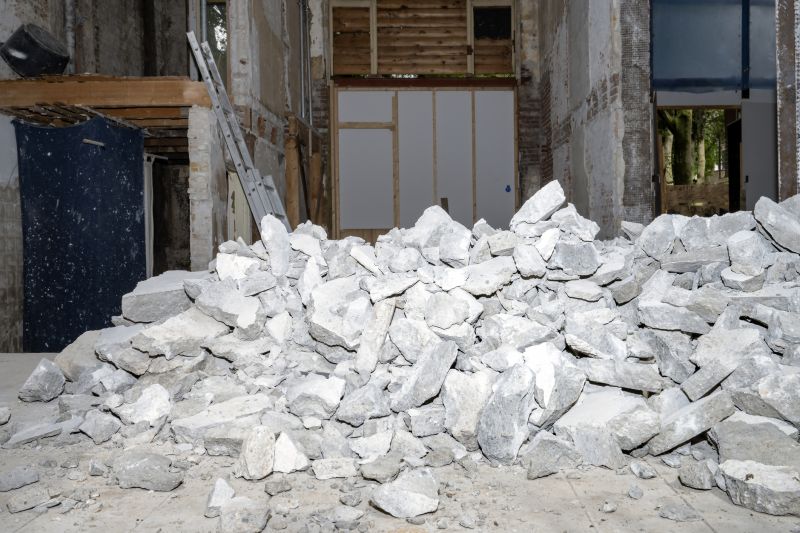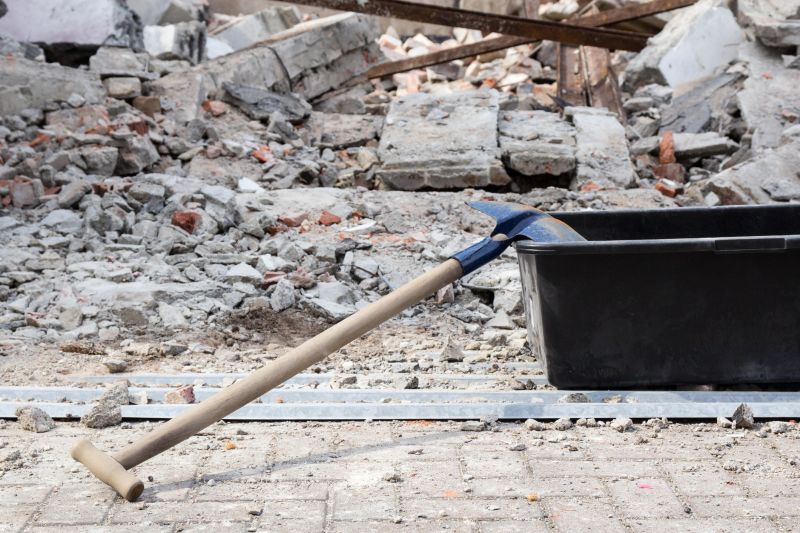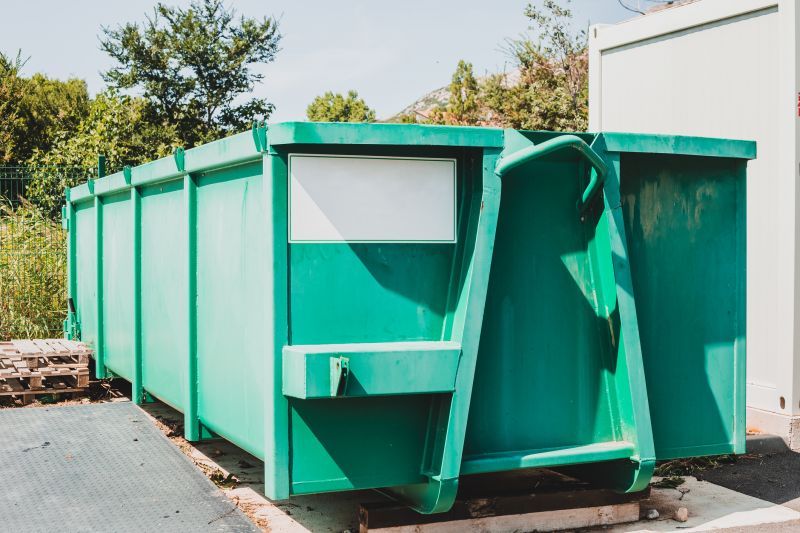Understanding Concrete Debris Removal Costs

Larger quantities of concrete debris require more resources and disposal effort, increasing costs.

Hard-to-reach locations may incur additional labor and equipment charges.

Choosing between landfill disposal and recycling impacts the overall expense.
| Factor | Impact on Cost |
|---|---|
| Debris Volume | Higher volume increases disposal fees and labor hours. |
| Location | Remote sites may incur transportation and access charges. |
| Type of Concrete | Reinforced concrete can be more costly to remove and dispose. |
| Disposal Method | Recycling may reduce costs compared to landfill disposal. |
| Permits and Regulations | Compliance requirements can add to overall expenses. |
| Labor Requirements | More complex projects require additional workforce and time. |
| Equipment Needed | Specialized machinery can raise removal costs. |
| Project Size | Larger projects tend to have higher total costs. |
The cost of concrete debris removal varies based on multiple factors. Smaller projects generally incur lower expenses, while larger, more complex removals can significantly increase costs due to the need for specialized equipment and labor. Proper planning and understanding of site-specific conditions are essential for accurate budgeting.

Using recycling centers can lower disposal costs and support waste reduction.

Excavators and loaders are essential for efficient debris removal and impact cost.

Clear access routes reduce labor and equipment time, lowering costs.
| Service | Average Price Range |
|---|---|
| Small-scale debris removal | $500 - $1,500 |
| Mid-size demolition debris removal | $2,000 - $5,000 |
| Large construction debris removal | $5,000 - $15,000 |
| Recycling of concrete debris | $1,000 - $4,000 |
| Site cleanup after demolition | $1,000 - $3,000 |
| Heavy machinery rental | $300 - $700 per day |
| Transport to disposal site | $200 - $600 |
| Permitting and compliance | $100 - $500 |



